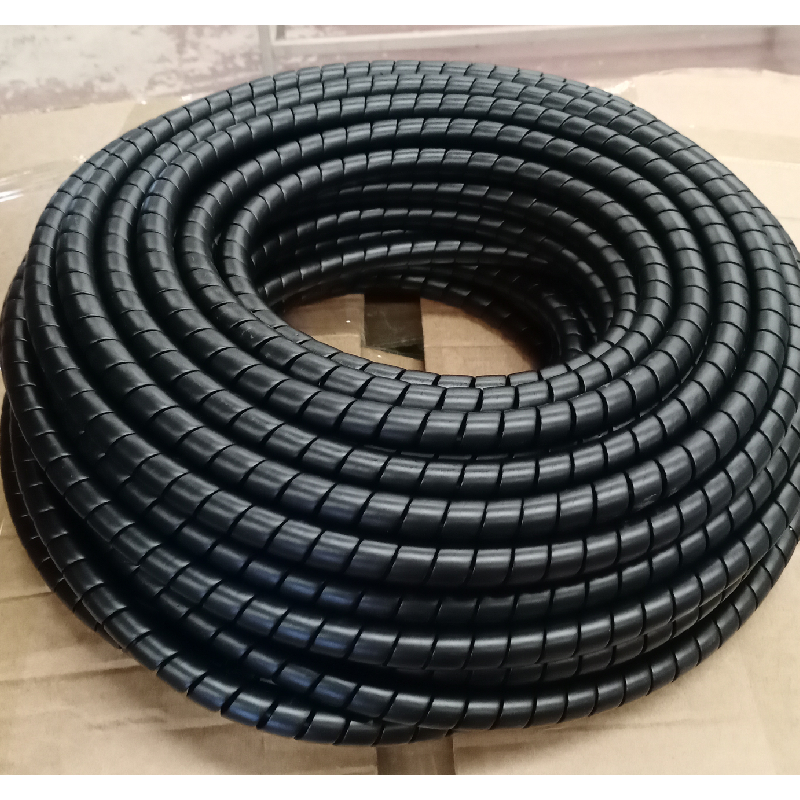Steps to Create a Custom Power Steering Hose for Your Vehicle's Steering System
How to Make a Power Steering Hose
Power steering is an essential component of modern vehicles, providing ease of steering and enhancing driver control. One critical part of this system is the power steering hose, which transports power steering fluid from the pump to the steering gear. If you're facing a hose failure, rather than purchasing an expensive replacement, making your own power steering hose can be an economical and satisfying project. Below is a step-by-step guide on how to make a power steering hose.
Tools and Materials Needed
Before you begin, gather the necessary tools and materials
- High-pressure power steering hose - Hose fittings (appropriate for your vehicle) - Hose clamps - A hose cutting tool or a sharp knife - A hose crimper or a vice - Thread sealant (if required) - Measuring tape - Safety glasses - Gloves
Step 1 Measure the Length of the Hose
Start by removing the damaged power steering hose from your vehicle. Use a measuring tape to determine the length of the old hose. It's important to measure accurately, as the new hose needs to match the original length to ensure proper fitment. When measuring, account for any bends or curves in the hose routing.
Step 2 Choose the Right Materials
Once you have the correct measurements, purchase high-pressure power steering hose from an auto parts store, or order it online. Make sure the hose can withstand the pressure and temperature conditions it will be exposed to. Additionally, ensure that you acquire the correct fittings for your vehicle; these can often be found at auto parts retailers.
Step 3 Cut the Hose to Length
how to make a power steering hose

Using a hose cutting tool or a sharp knife, carefully cut the power steering hose to the required length. Ensure that the cut is straight to facilitate a proper seal with the fittings. Take your time during this step to avoid creating any jagged edges, which could lead to leaks.
Step 4 Install the Fittings
Attach the hose fittings to both ends of the cut hose. Most fittings require crimping to secure them properly. A hose crimper is the best tool for this, but if you don't have one, a sturdy vice can also work in a pinch. Place the fitting into the crimper or vice, align the hose end, and compress it until it’s tight. Ensure there are no gaps or spaces to avoid leaks. Some fittings may require thread sealant, so consult the manufacturer’s instructions as needed.
Step 5 Install the Hose
With the fittings secured, it’s time to install the new power steering hose back into your vehicle. Carefully guide the hose into place, ensuring that it follows the original routing and avoiding any moving parts or hot surfaces that could cause damage. Once positioned, attach the hose to the power steering pump and the steering gear, securing them tightly with hose clamps.
Step 6 Test for Leaks
Once the new hose is installed, refill the power steering fluid reservoir with the appropriate fluid for your vehicle. Start the engine and turn the steering wheel from lock to lock several times to circulate the fluid through the system. Check for any signs of leaks around the new hose fittings. If any leaks are detected, re-tighten the fittings.
Conclusion
Making a power steering hose is a practical task that can save money while ensuring your vehicle remains operational. By following these steps and taking the necessary precautions, you can successfully create a custom hose that meets your vehicle’s specific needs. Always ensure that the materials you use are compatible with your vehicle’s specifications, and don't hesitate to consult professional guidance if needed. With a bit of effort, you can keep your power steering system in top working condition.
-
Ultimate Spiral Protection for Hoses & CablesNewsJun.26,2025
-
The Ultimate Quick-Connect Solutions for Every NeedNewsJun.26,2025
-
SAE J1401 Brake Hose: Reliable Choice for Safe BrakingNewsJun.26,2025
-
Reliable J2064 A/C Hoses for Real-World Cooling NeedsNewsJun.26,2025
-
Heavy-Duty Sewer Jetting Hoses Built to LastNewsJun.26,2025
-
Fix Power Steering Tube Leaks Fast – Durable & Affordable SolutionNewsJun.26,2025

